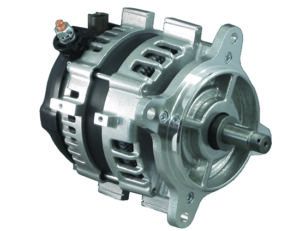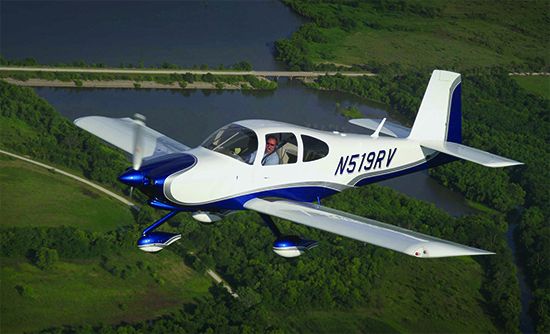Most flight into known icing (FIKI) systems are only available for certified aircraft, and that limits the mission capabilities of high-performance experimental aircraft. Up in my Great White North region, that means popular go-places kit-built aircraft are often grounded when anti-ice-equipped certified ones might launch.
Buenos Technologies of Redmond, Oregon, has developed a de-icing system aimed at the experimental aircraft market and it’s called Buenos De-Ice. The company was taking orders for the $17,000 system at Sun ‘n Fun last March, and here’s an overview.
HOW IT WORKS
While Buenos Technologies was established in 2022, parent company RDD Enterprises (an aviation research, design and modification company serving the certificated and experimental aircraft markets) has been around since 2006.
The Buenos De-Ice system is electrothermal and powered by a Hartzell 150-amp alternator that operates completely independently from the aircraft’s primary electrical system. The system delivers 8000 watts at 70 to 80 volts DC (yes, this is not your typical 12- or 24-volt alternator) and draws 100 amps of power when operational. The system is intended to be used to protect the airplane during an inadvertent icing encounter and is not designed for flight into known icing.
The system can be installed on both new builds and completed kit aircraft. Some preparation of the wing and horizontal stabilizer is required, mostly focused on cleaning and cabling. But, the existing paint finish is not required to be removed.
Worried about harming that expensive paint job? David McRae, the company founder, said that the removal of the electrothermal heat strips is not expected to damage the aircraft’s paint. Essentially, the adhering electrothermal strips are impregnated with a heat-activated glue.
The heat strips are 7.88 inches wide and the length varies depending on the aircraft, with six strips included in each kit (there are specific kits for a variety of experimental aircraft including Vans, Glasair, Lancair and others).
Once the strips are placed onto the wing and horizontal tail, a heat gun is used to affix the strips to the airframe—much like applying a vinyl decal (which causes the impregnated glue to adhere to the surface). The heat strips can be removed by applying heat and peeling the strips off (much like removing a sticker).
Installation of the Hartzell alternator will require the fabrication of a mounting system. Some aircraft engines provide for the installation of a second alternator as an accessory attached directly to the rear of the engine, resulting in no alternator belt or pulleys required. The system requires 6-gauge cabling installed from the alternator, circuit breaker, power switch, the de-icing system’s solid-state controller and the electro-thermal strips (requiring the creation of access holes— typically on the bottom of the wings or horizontal stabilizer).
The system requires roughly 150 hours to install, and no special tools are required. If you have the tools needed to assemble a kit aircraft, you certainly have the ones to install this de-ice system. The de-icing kit does not include the alternator mounting bracket, alternator belt and pulley, circuit breaker, cabling and power switch.
USING IT
As it should be, the system is said to be easy to use—simply turn it on. The electrothermal strips will reach 100 degrees F over ambient air temperature, and the system remains in standby mode until the dedicated OAT probe reads 4 degrees C or lower temperatures. Once those temperatures are sensed, the system will begin cycling power to the heaters, shedding ice once per minute. And like other de-ice systems, the idea is to turn the Buenos system on before the ice heavily accumulates.
The Buenos system does not protect the vertical stabilizer, propeller or windshield. Buenos said it can help customers source propeller de-icing systems to go along with the rest of the system. With luck, the aircraft’s heater has sufficient capacity to keep at least the pilot side of the windshield clear of ice.
STILL IN TESTING

The company wouldn’t provide images for this report because it said the system it still in development. At press time, the Buenos De-Ice was priced at $17,670, including U.S. domestic shipping. Buenos is taking preorders with a $1500 deposit—refundable up until the kit is shipped. With the rest of the components required to complete the installation, the expected final cost is approximately $20,000, not including installation labor, which could top $15,000 when pro installed.
Upkeep is expected to be simple. A check of the alternator drive belt is required annually or at 100 hours. There is an initial belt tension check within five hours of the original installation, or any time the belt is replaced. The system is currently undergoing testing at the Buenos Technologies facility in Redmond, Oregon, and is expected to begin shipping in Q3 of 2023. When production is scaled up, the company expects to ship five systems per month. Buenos and Hartzell provide a one-year warranty on their respective components.
We’ll keep tabs on the system’s development and check back with an update when it enters service. Visit www.buenostechnologies.com.





